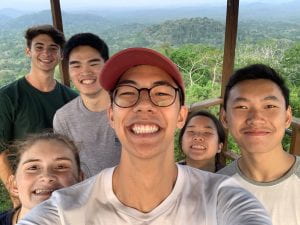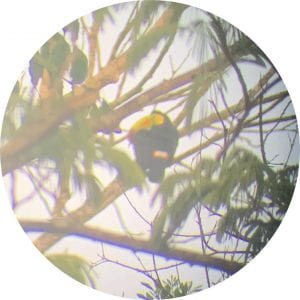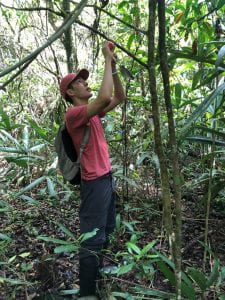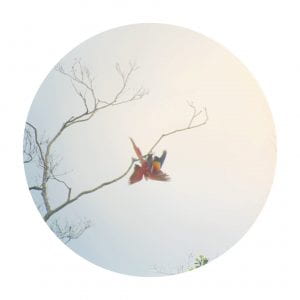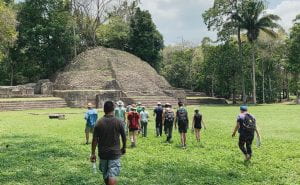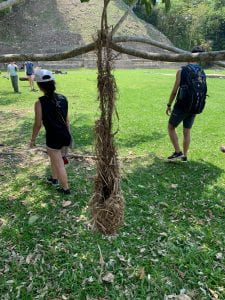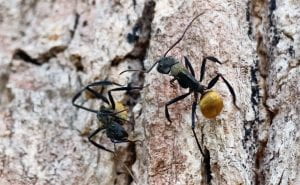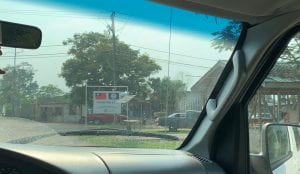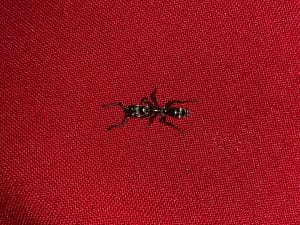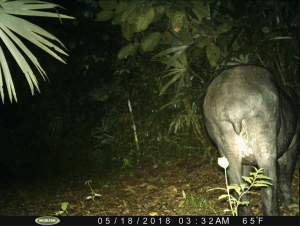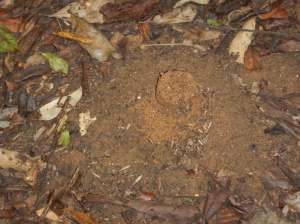Today’s general agenda: retrieve camera traps —> finish poster for project mutualism —> check out leafcutter ant colonies —> look at camera trap photos
Here’s a missed opportunity: Ant-Man should really be Ant-woman instead
Did you know that if you see an ant on the ground, you are most likely observing a female worker ant? These ants are infertile ants that do many important tasks to keep the colony up and running. Male ants only appear during mating season. Today was definitely another fruitful day in the ant department. In the early afternoon, we got to make a poster and present on our project focused on Azteca ants and their mutualistic relationship with Cecropia tree. We found that, on average, uncolonized trees have tougher leaves, meaning they are less likely to be eaten by herbivores. However, we definitely need more data to validate our results.
In the late afternoon, Dr. Solomon, the actual ant-expert, took us around the research station to compare leafcutter ant colonies of different ages. We were specifically looking at colonies of A. cephalotes. These colonies can have millions of individuals residing in them, and they can be seen as one of the earliest farmers.These ants collect leaves to grow fungus, and the fungus is then fed to ant larvae. When aggravated, these ants can use their sharp mandibles and actually chew through rubber boots. It was a surreal experience getting to observe what I have been researching in preparation for the trip.
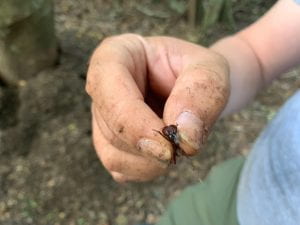
As our grand finale for the rainforest, we all sat in the classroom to look at the photos the camera traps took over the course of the five days we were in Las Cuevas. We were all on the edge of our seats because we just were not sure what to expect. I think we can all agree that the best picture that was taken was of a tapir walking on the path. On that note, I think we are all ready to further explore Belize and head to the coral reefs.
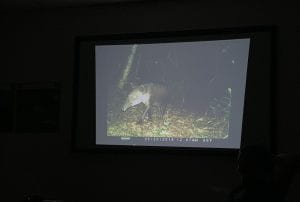

As a mid-trip reflection, I am already amazed by how much we have learnt in such short amount of time. Even though I was initially worried about having minimal internet access, I think the disconnection allowed us to be fully immersed in our environment. I
Brendan Wong
Las Cuevas, Belize
5/20/2019

